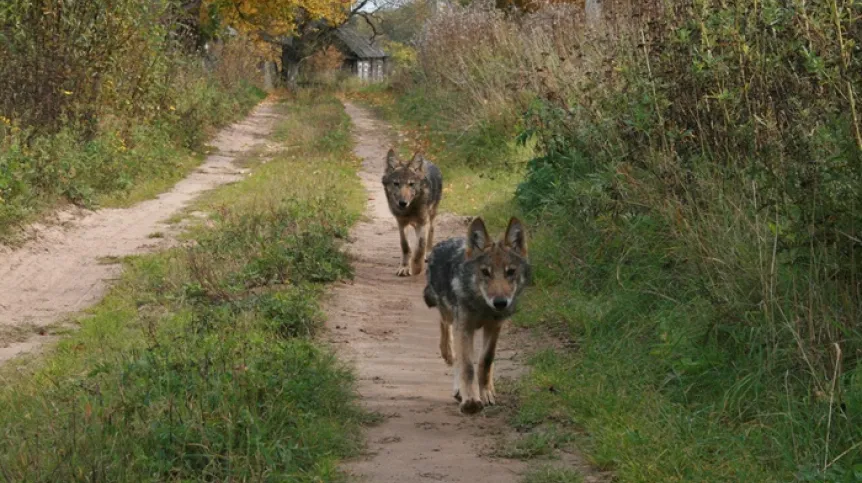
Reports from residents about sightings of wolves and bears are helping scientists understand why these large carnivores enter developed areas — and how to prevent such encounters.
A study on human–carnivore coexistence has just been published in Ambio.
The research examined the involvement of local communities in reporting the presence of wolves and bears in developed areas, a practice known as citizen science. It was conducted by scientists from the Department of Forest Biodiversity at the University of Agriculture in Kraków, in collaboration with the Bieszczadziki Foundation, the Regional Directorate for Environmental Protection in Rzeszów, and local governments in the Podkarpacie region.
Reports of predator presence were documented using specially developed protocols and later verified in the field.
The analyses show that the presence of large carnivores near homes is not uncommon. Wolves were recorded in 12 percent of all built-up areas in the surveyed municipalities, and bears in 6 percent. Most visits were related to searching for food: for bears, the most common potential lure was waste, and for wolves, it was dogs present on properties.
However, some observations involved situations in which the animals did not forage within built-up areas, “which may indicate more complex motivations for entering, such as seeking shelter or social interactions,” the authors write in a press release sent to the Polish Press Agency (PAP).
“The current system for managing interactions between humans and large carnivores focuses primarily on economic losses — yet in the study, damage was recorded in only 46% of interactions with wolves and 33% of interactions with bears,” the researchers point out.
Based on their analyses, they also found that repeated visits increased the likelihood of further occurrences. “This highlights the need for prompt responses to prevent the reinforcement of problematic behaviours,” they write.
“In a broader perspective, as large carnivores across Europe increasingly venture into human-dominated landscapes, the research indicates the need to implement system-level solutions incorporated into local policies and urban planning to reduce attractant availability. This is an urgent challenge, because attractants such as waste or domestic animals are common, and their easy availability increases the risk of potential conflicts,” the scientists said.
PAP - Science in Poland
zan/
tr. RL













